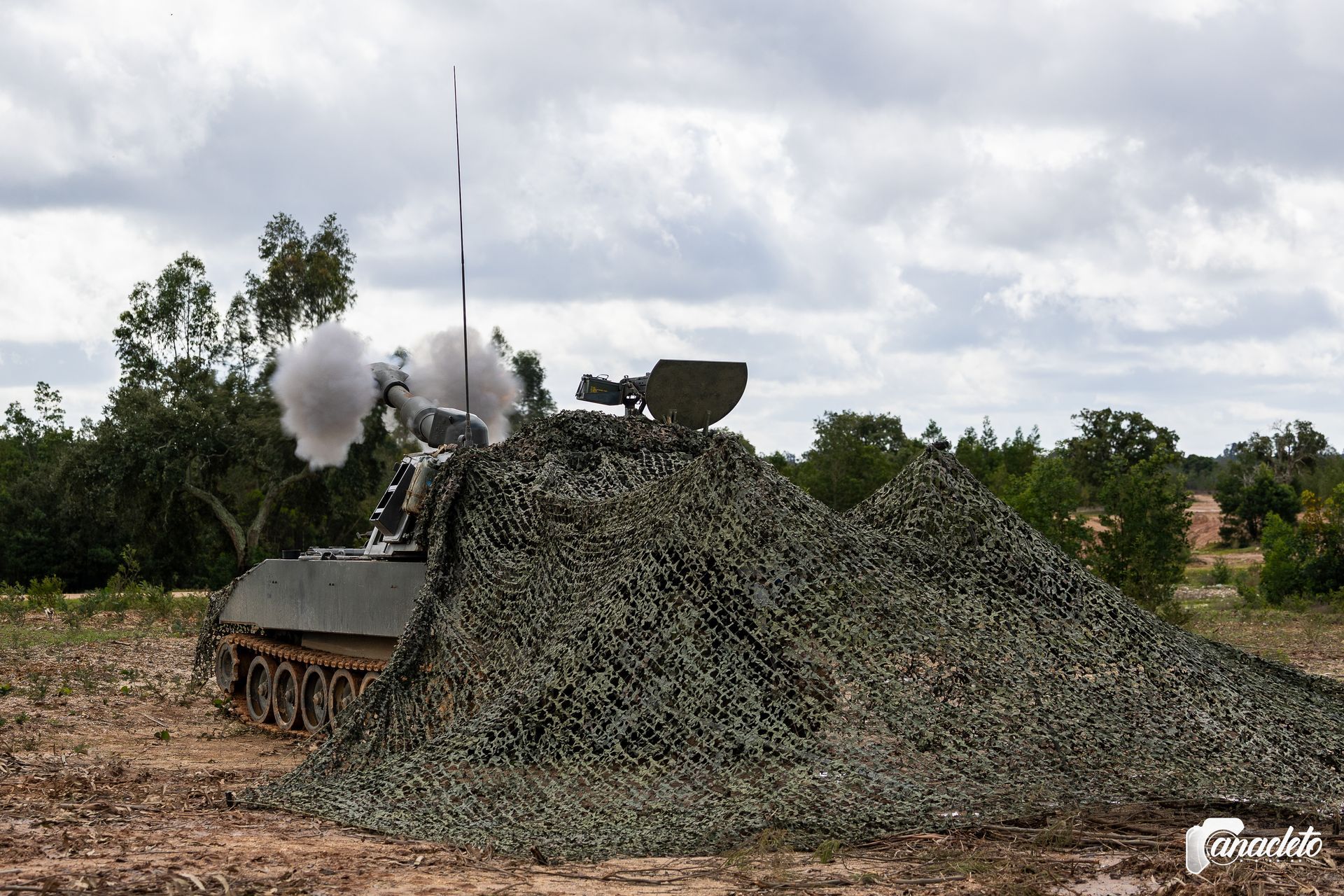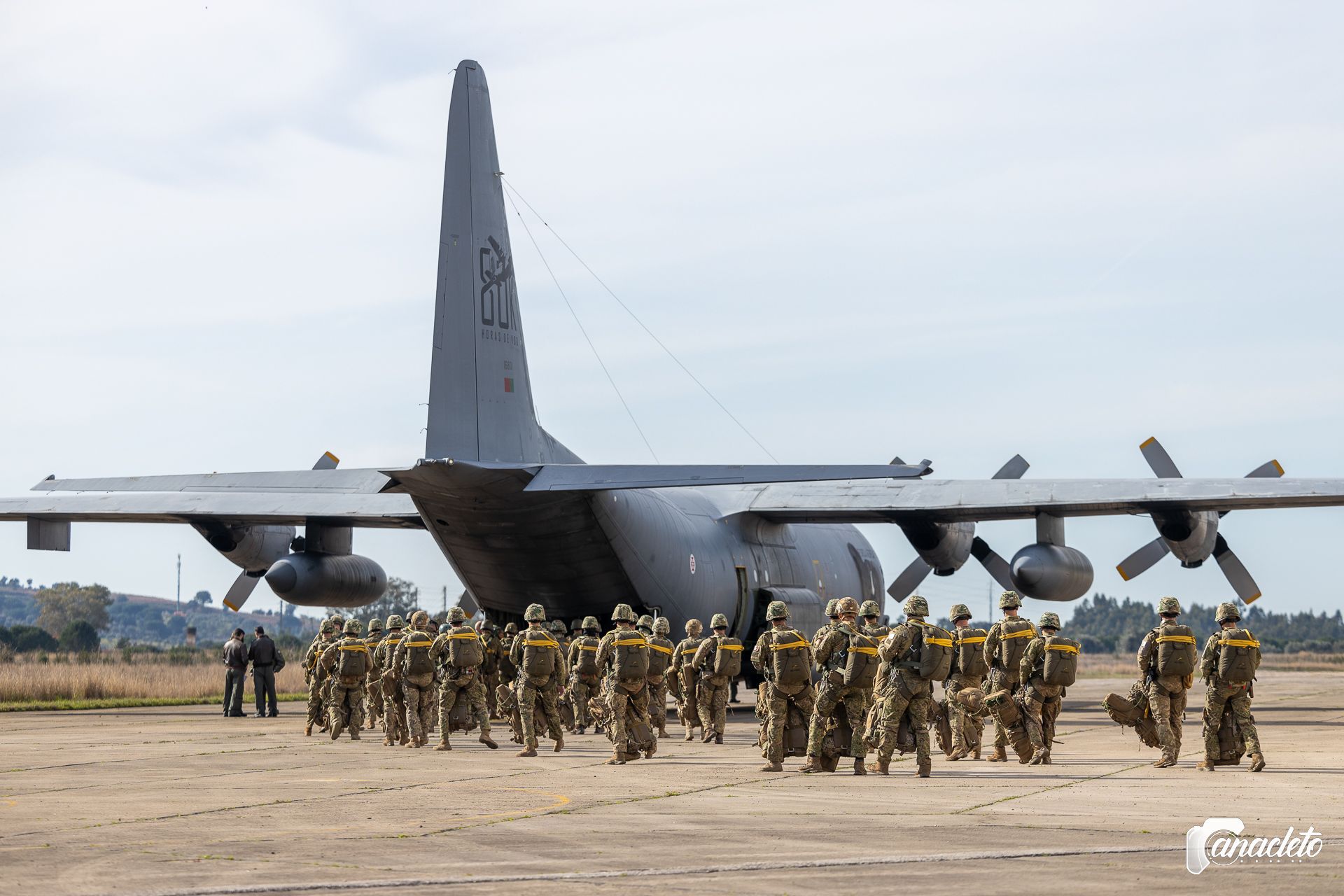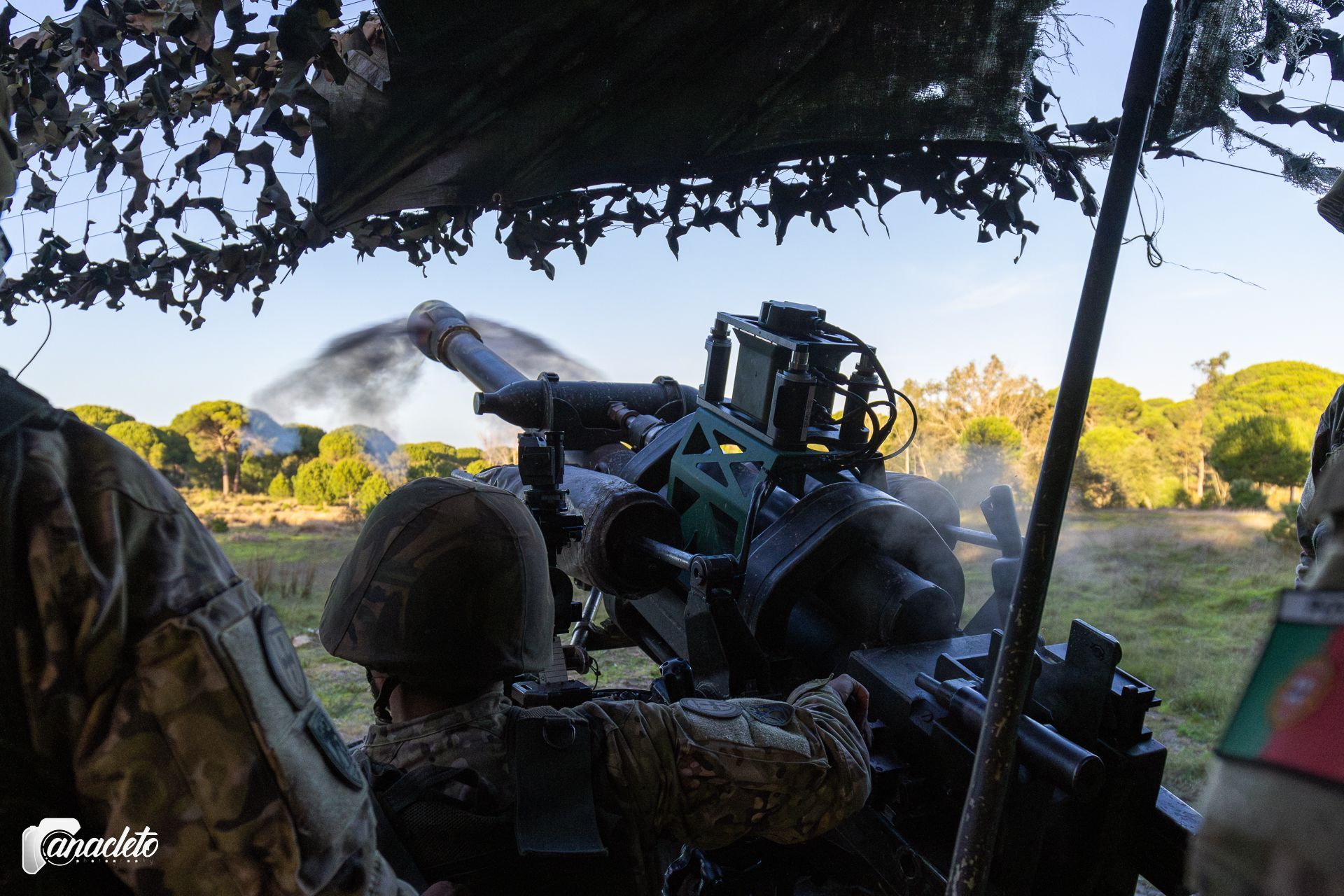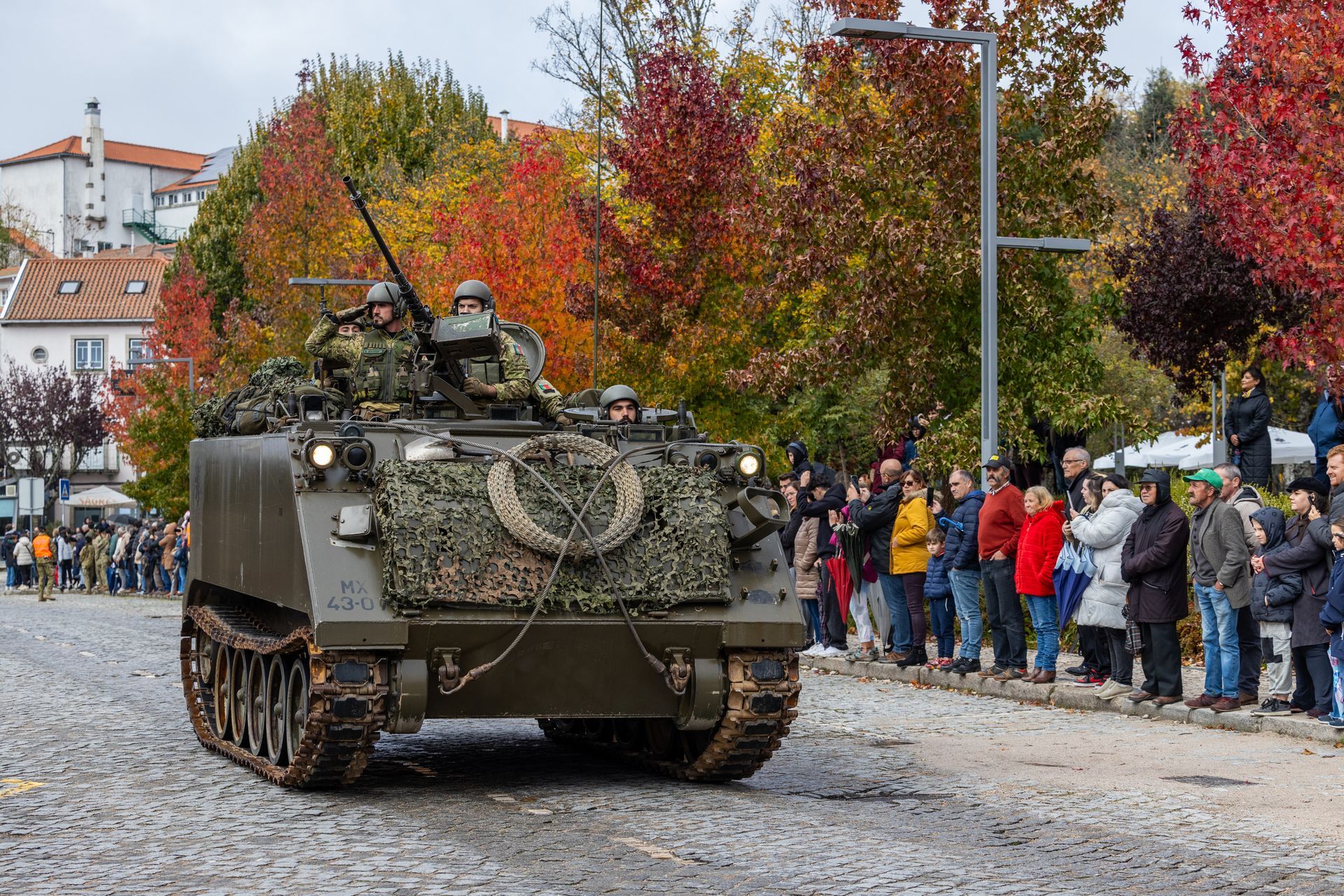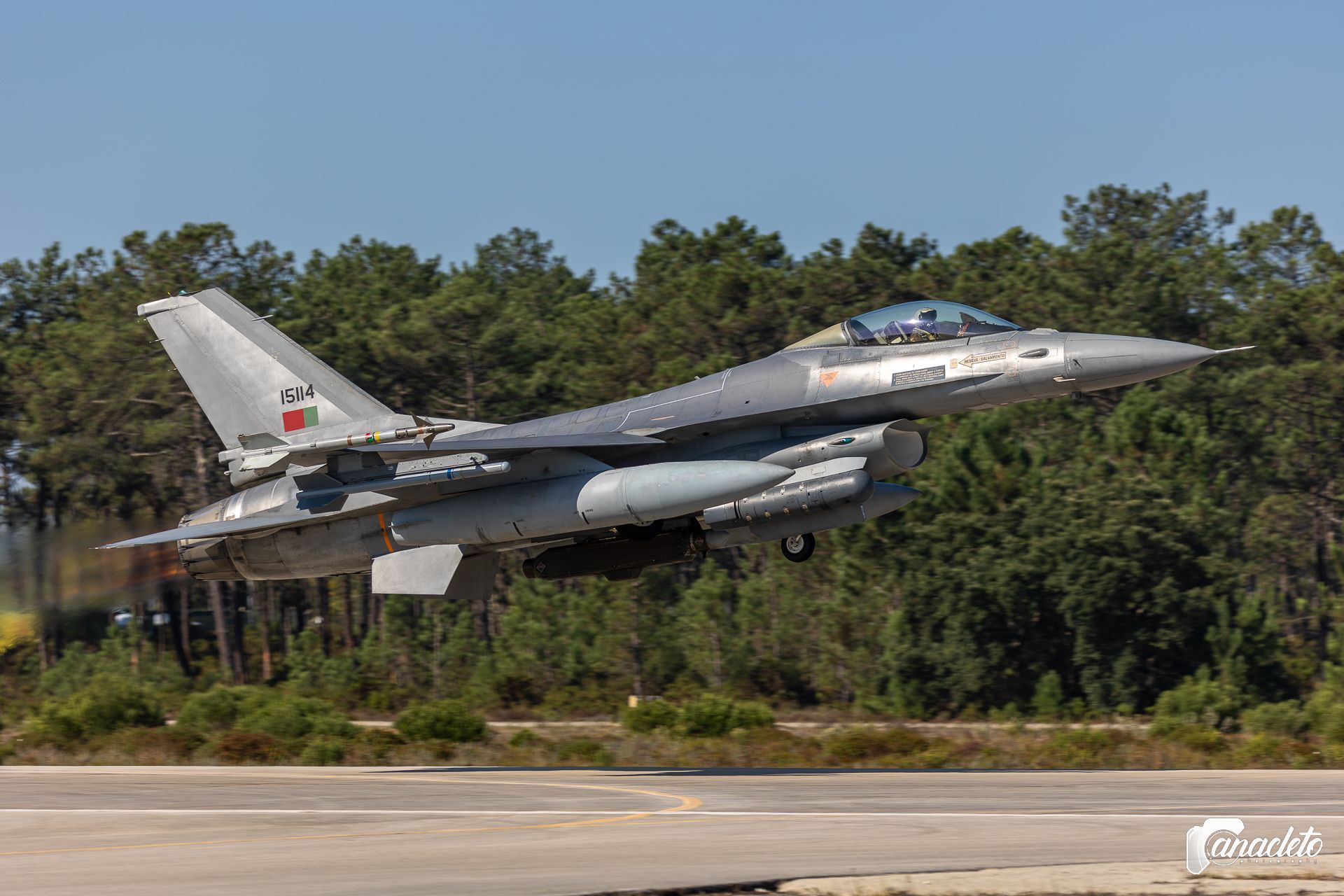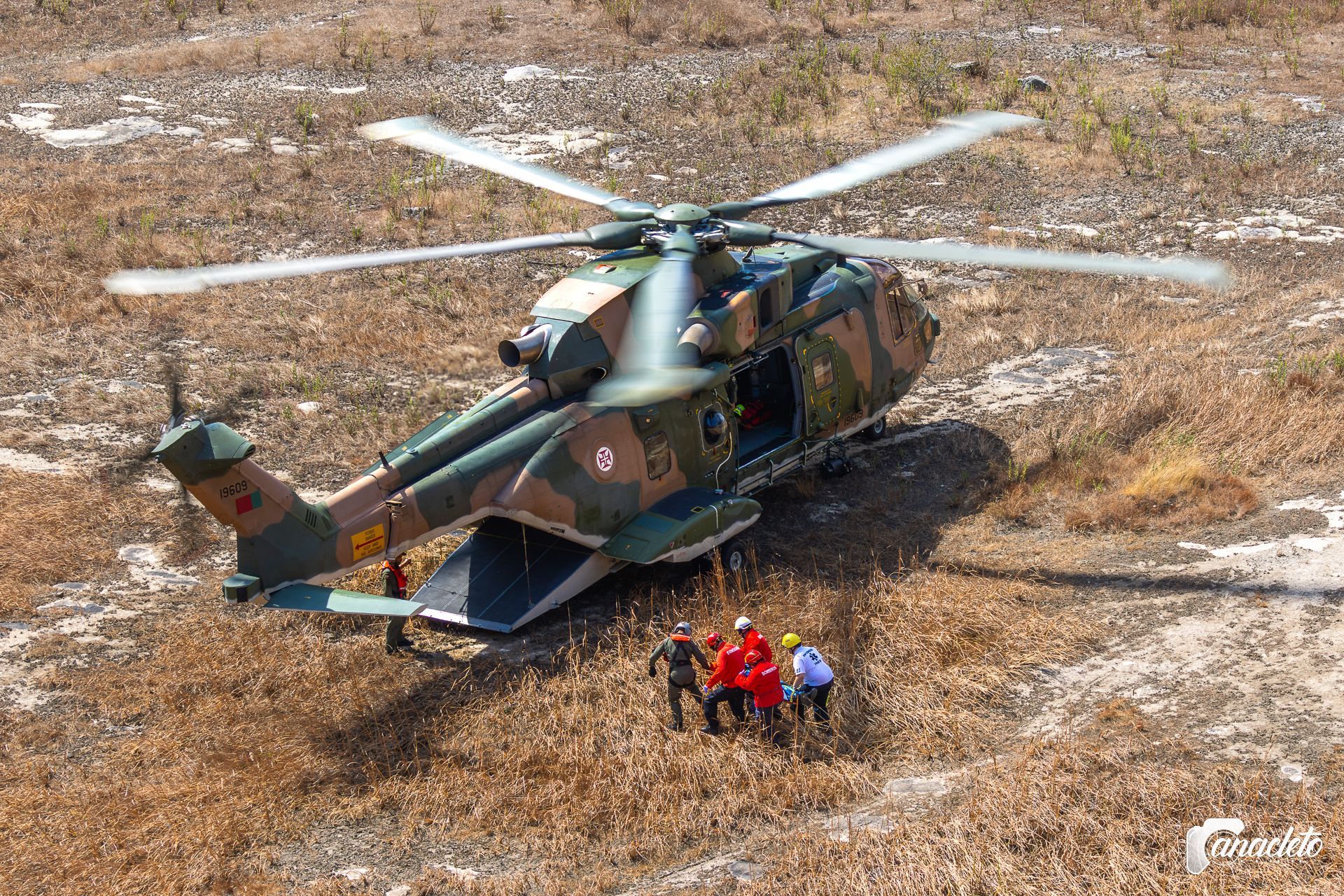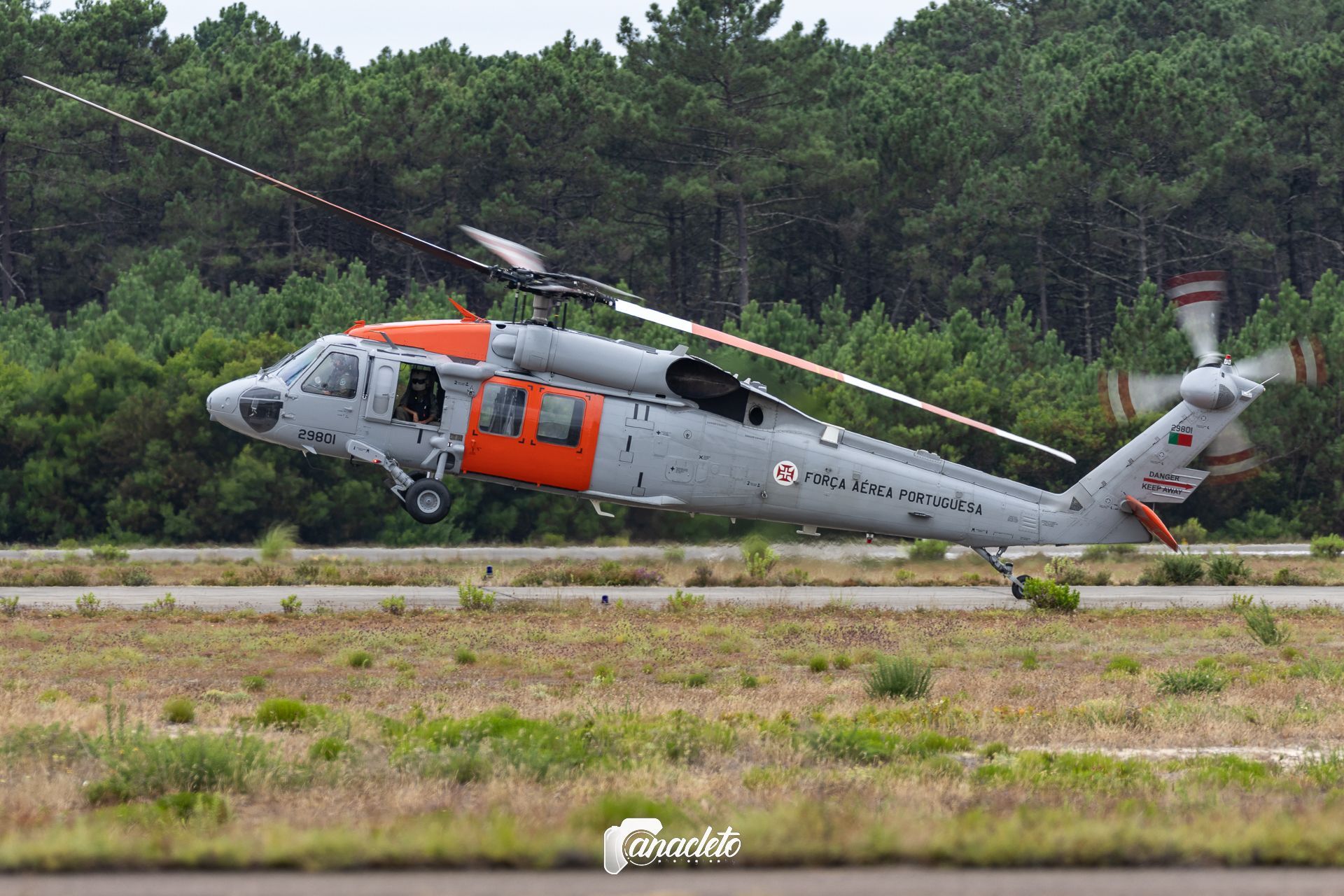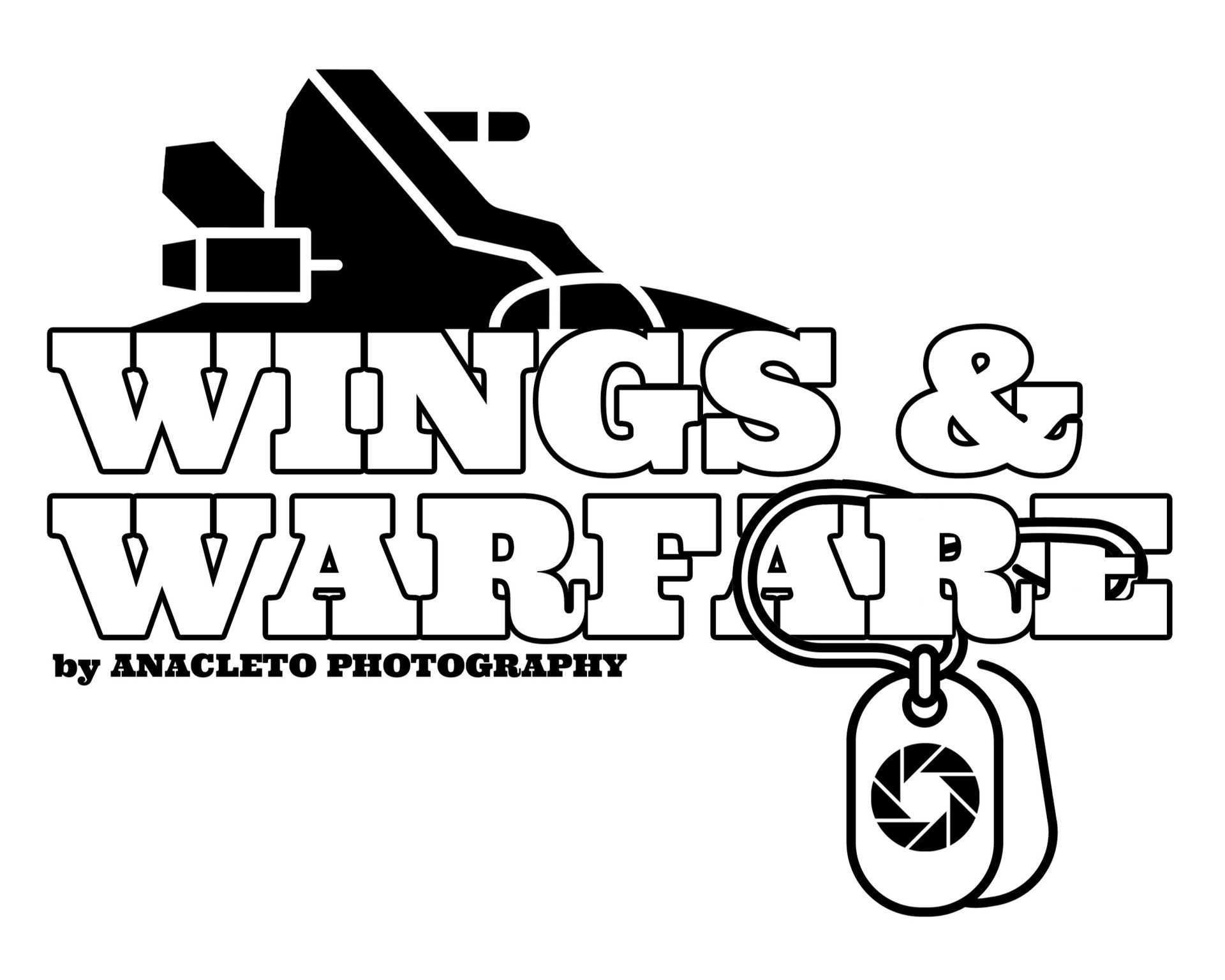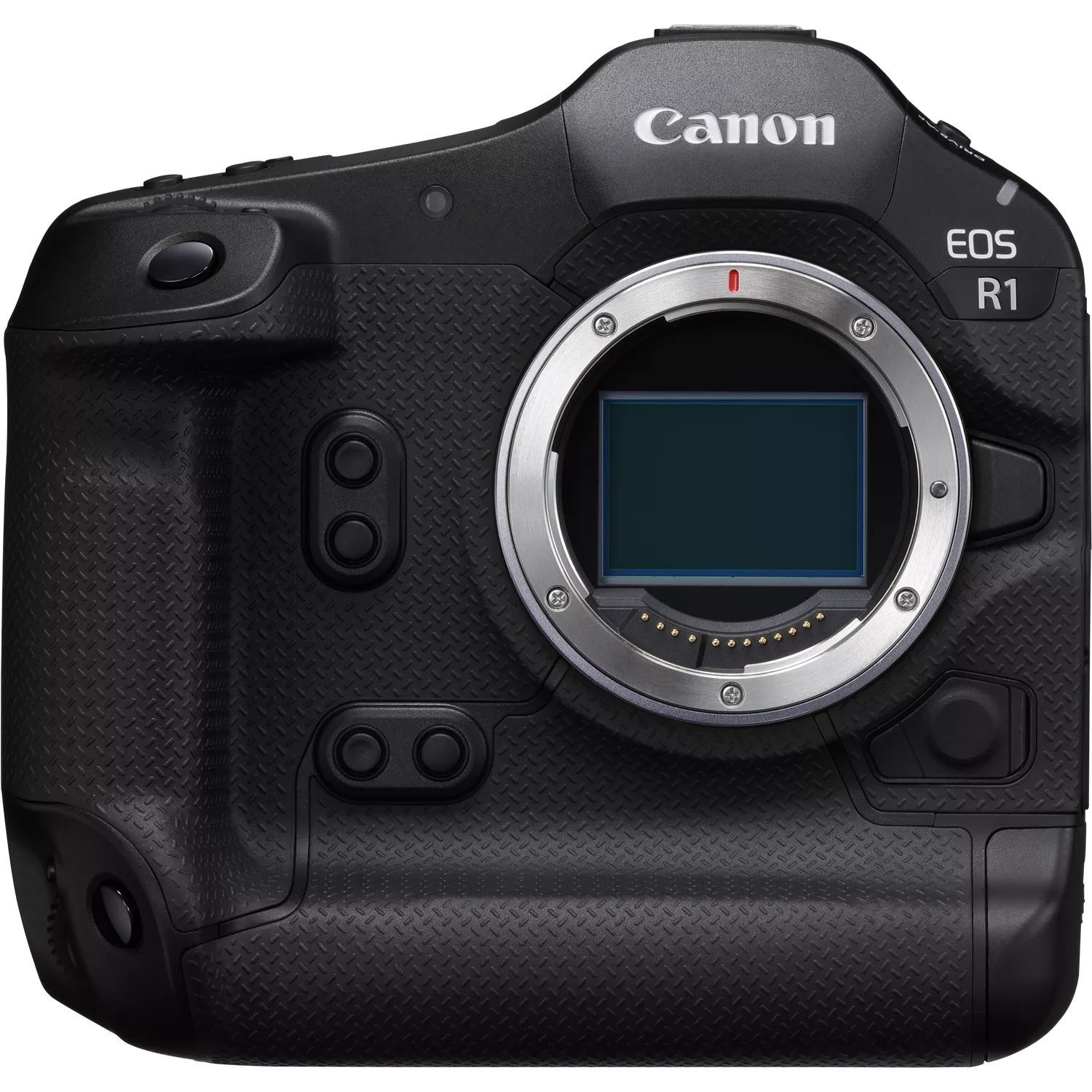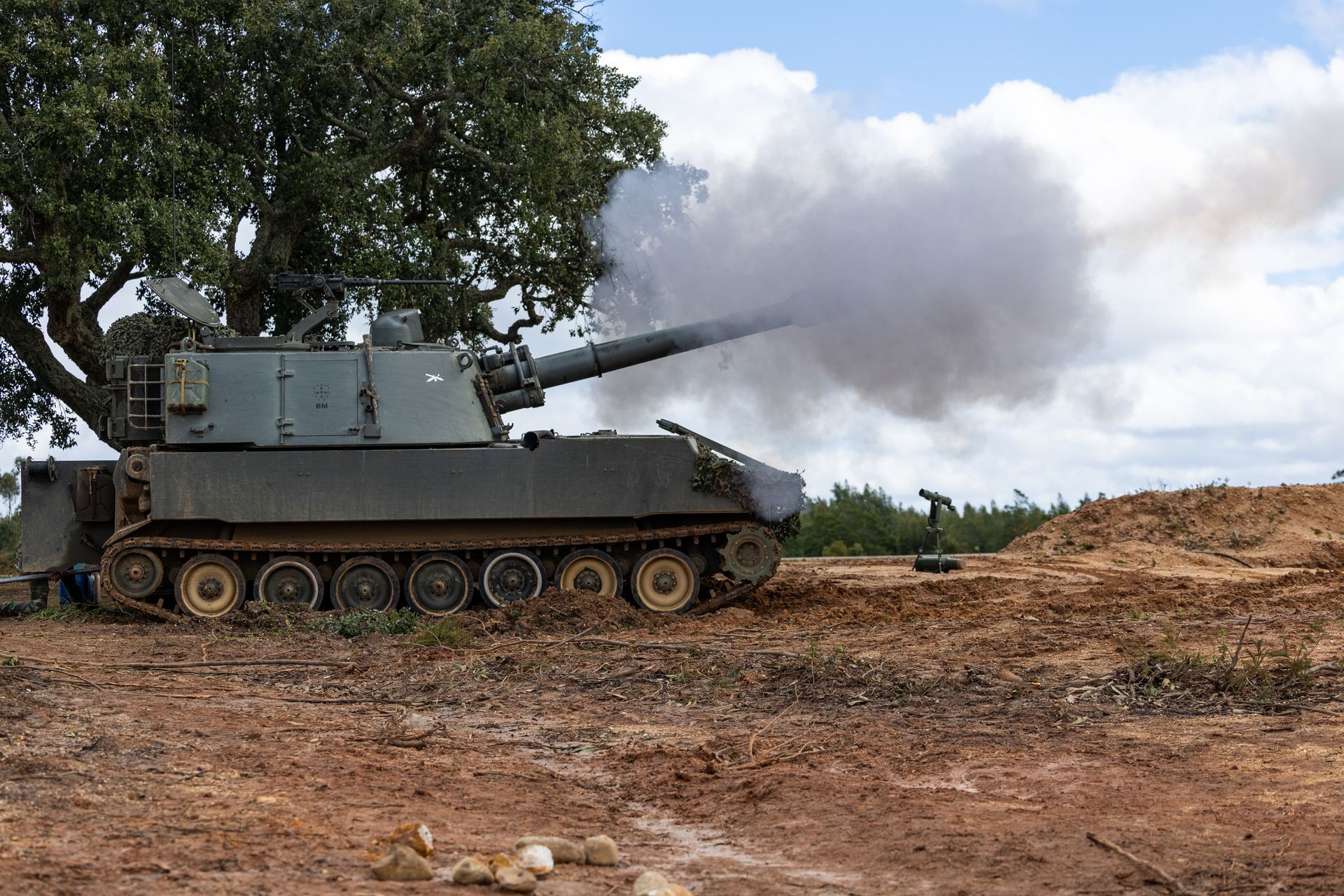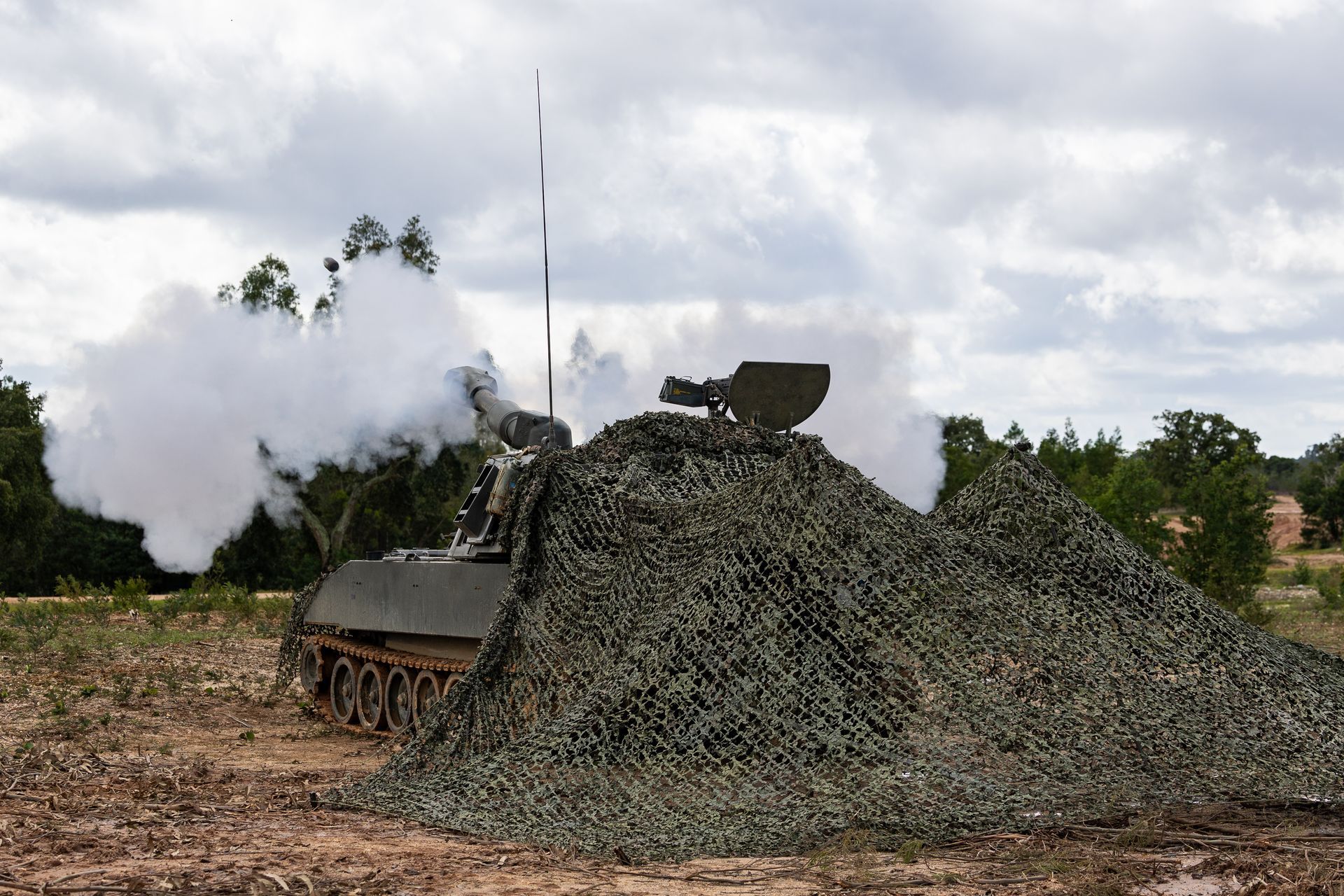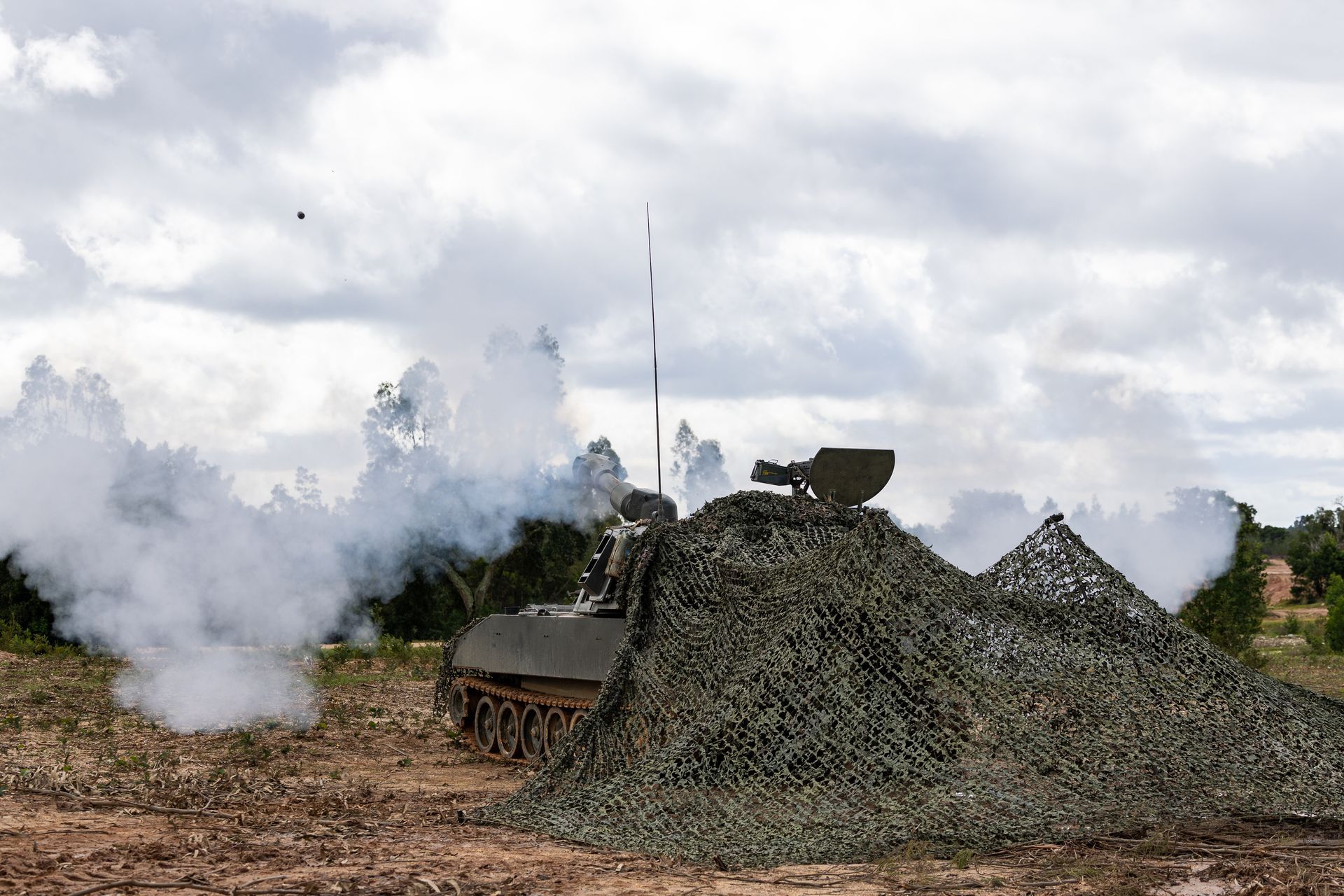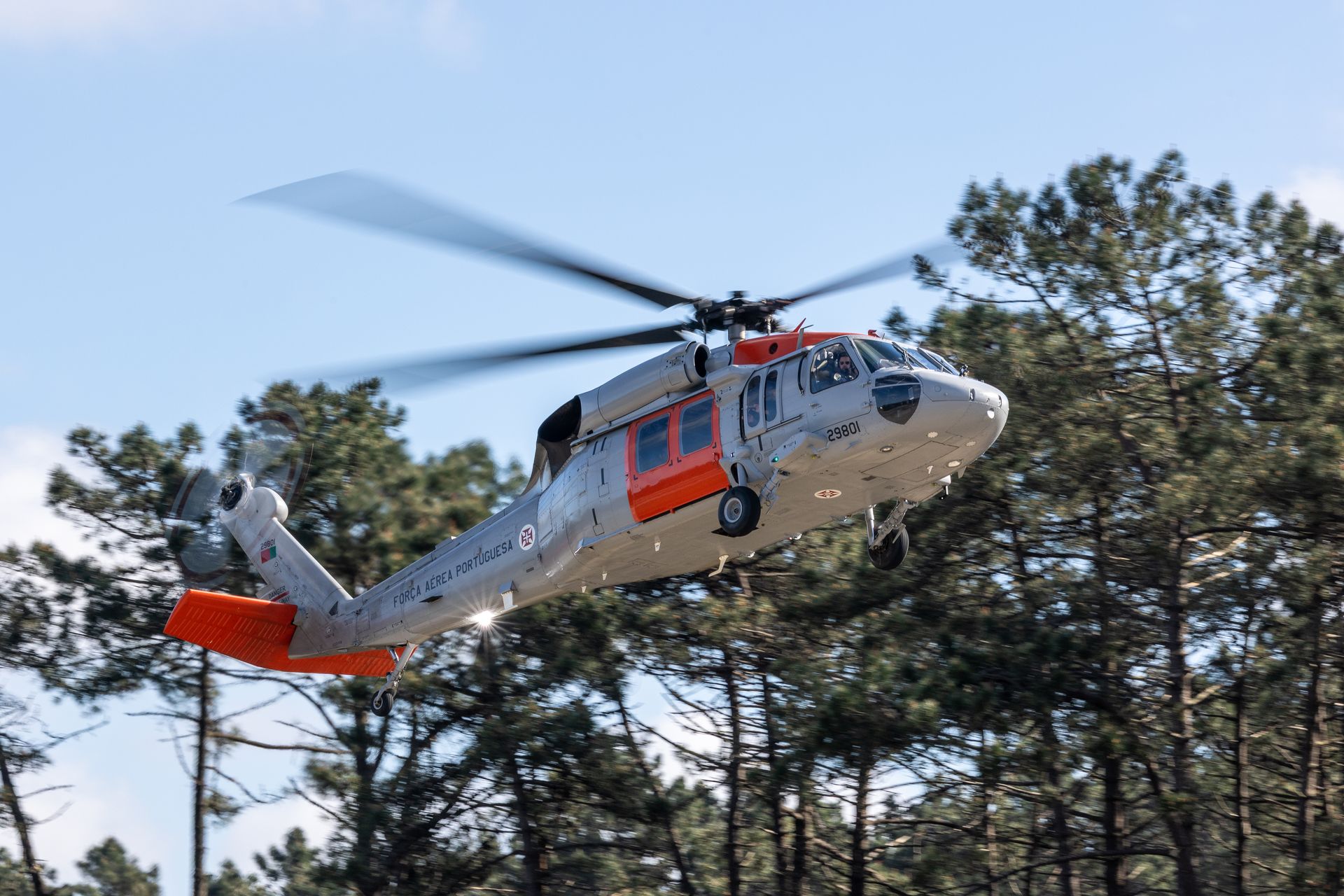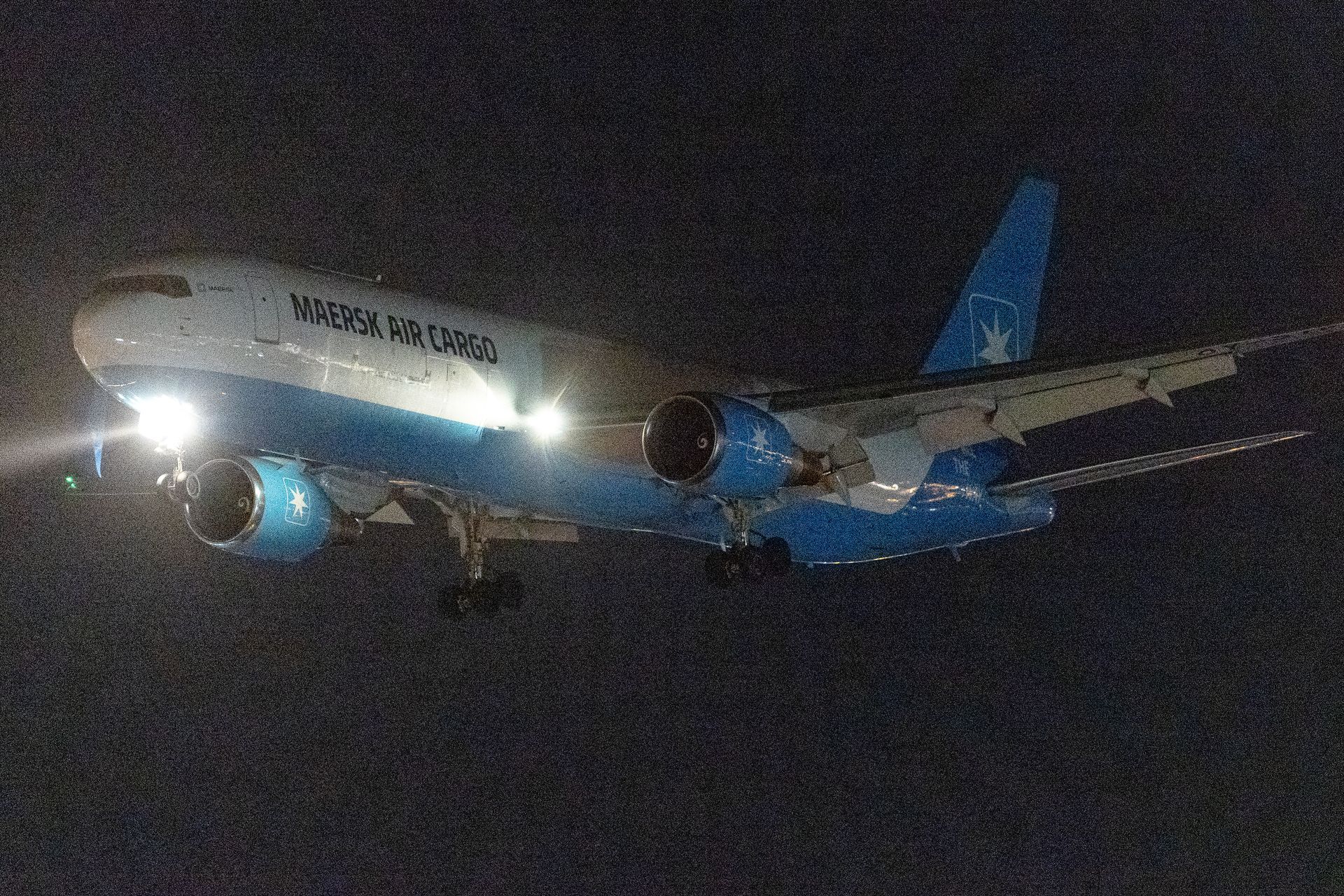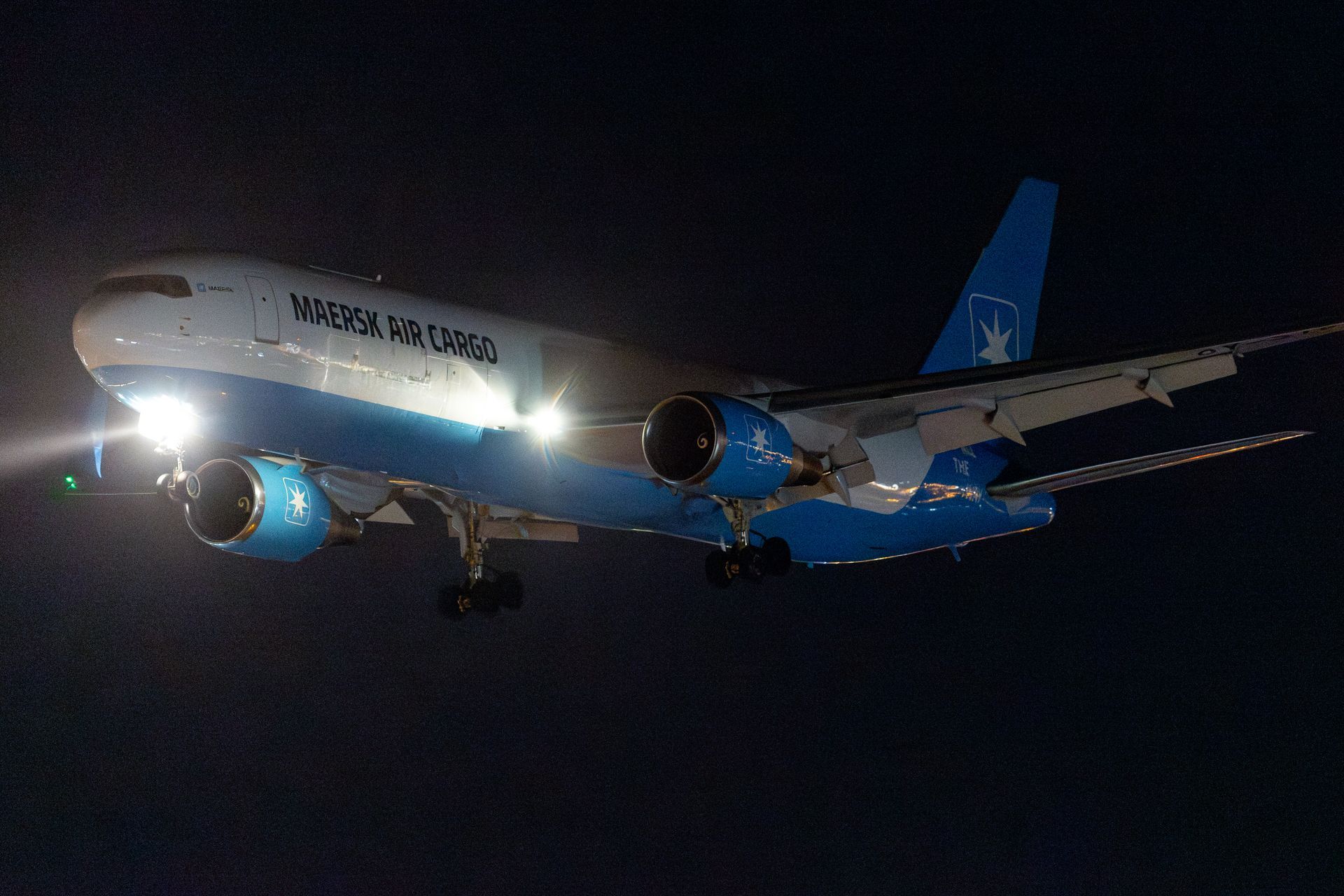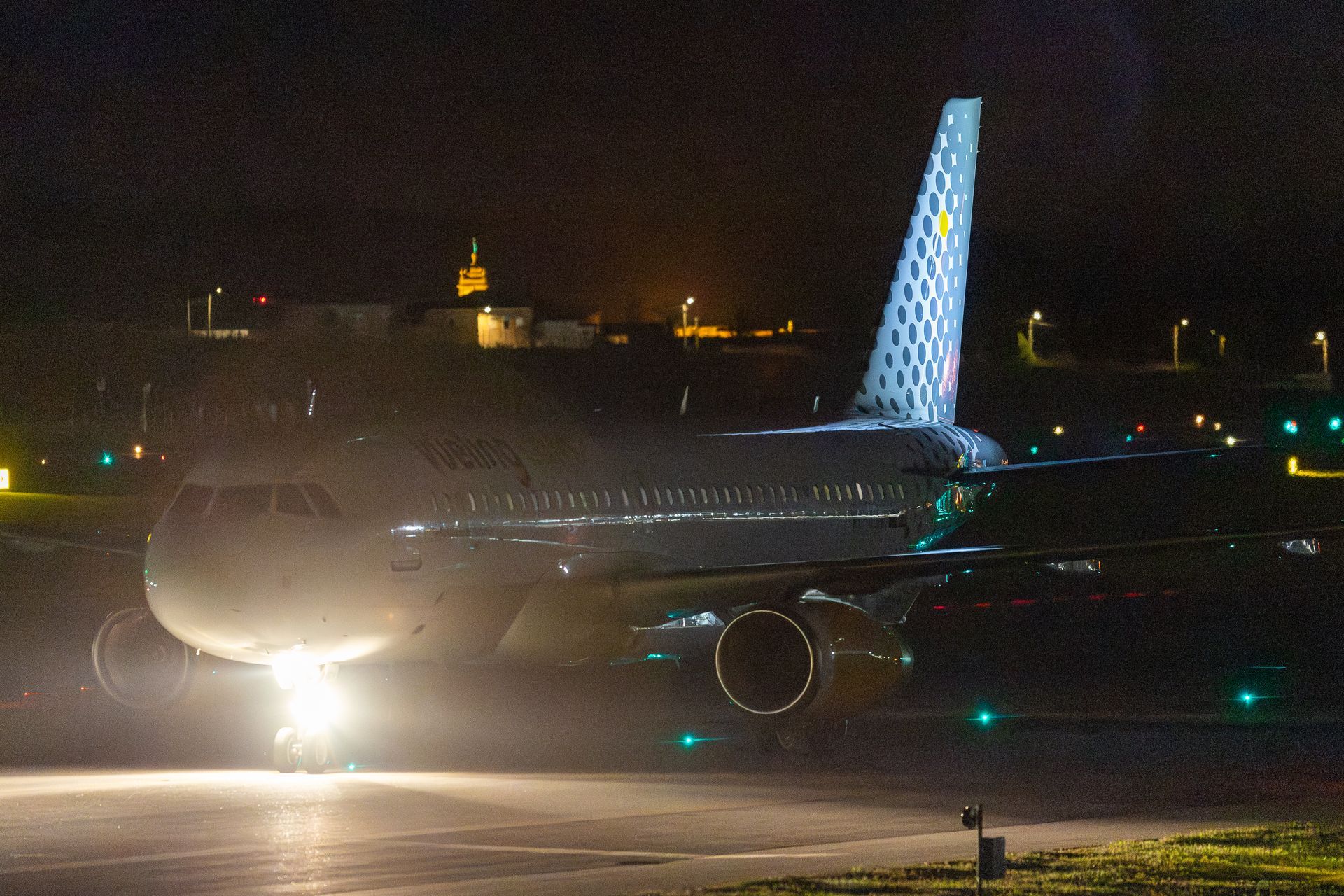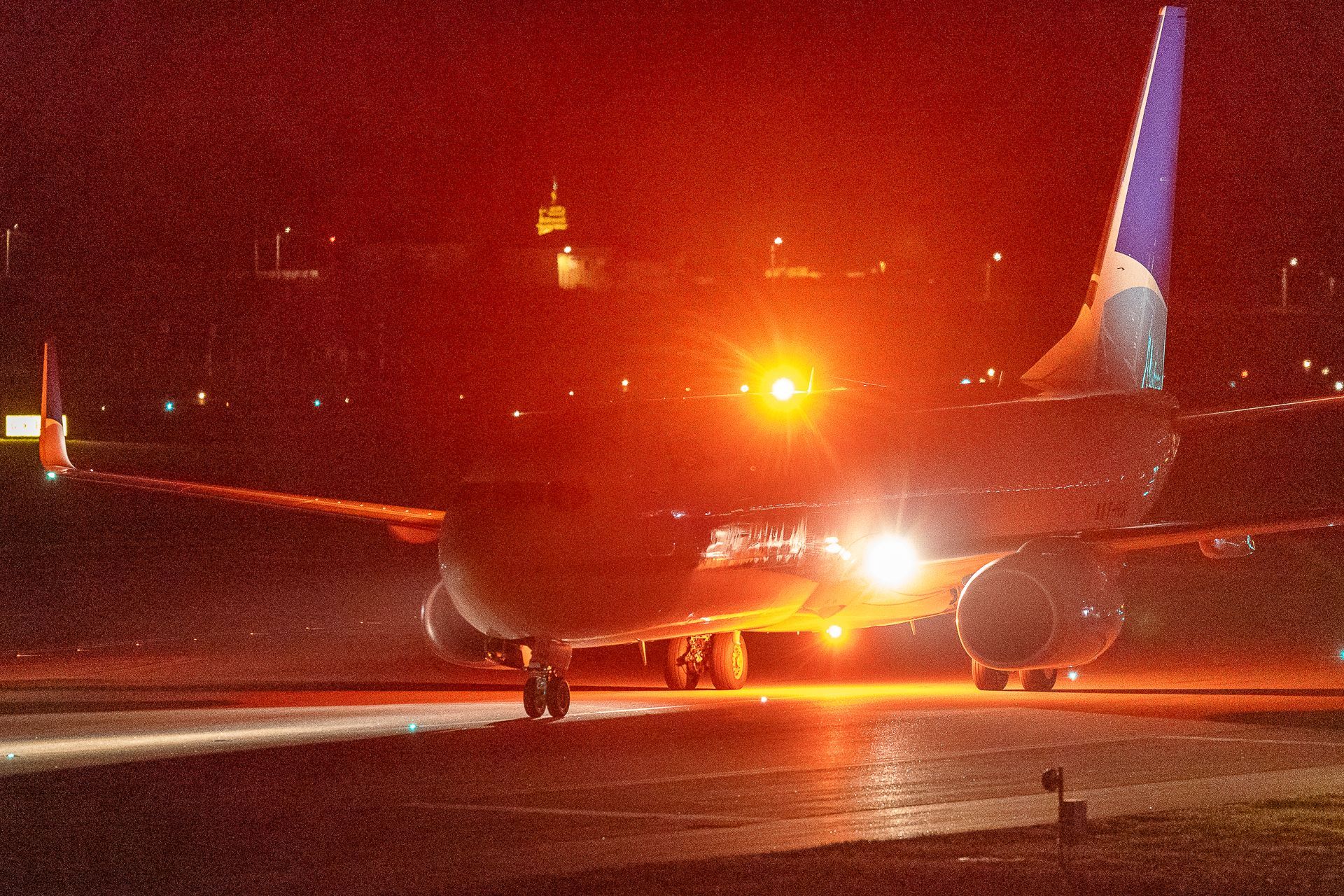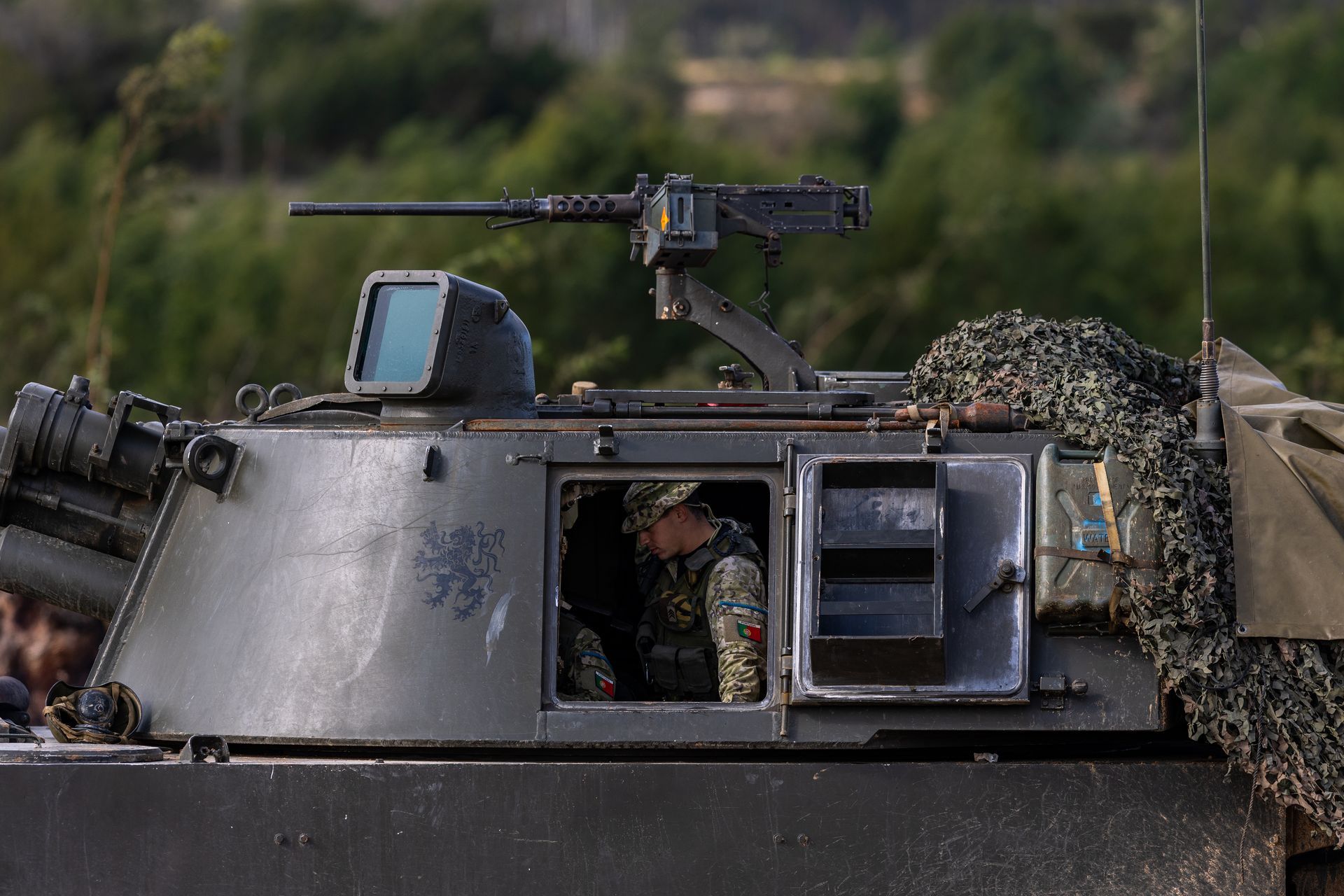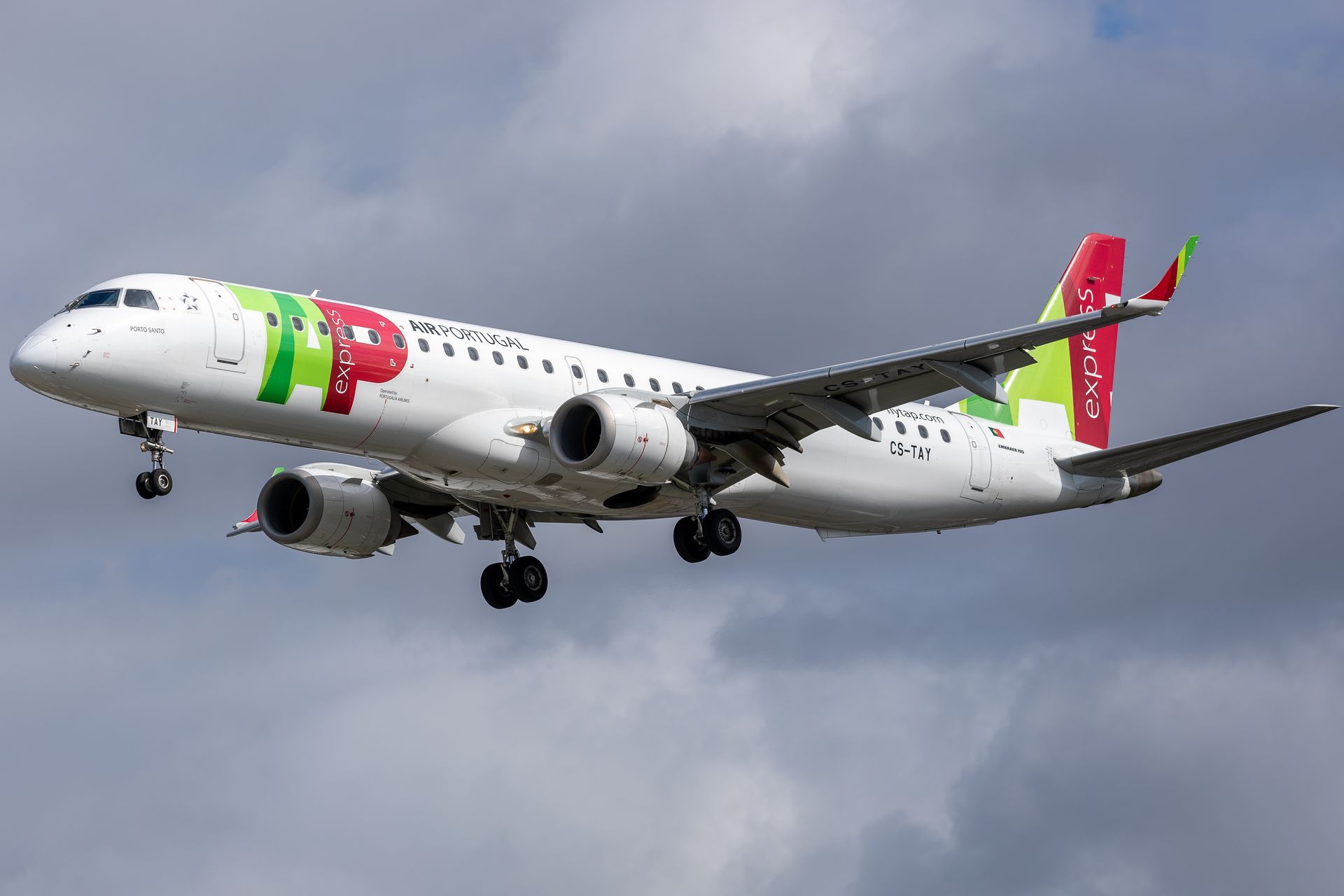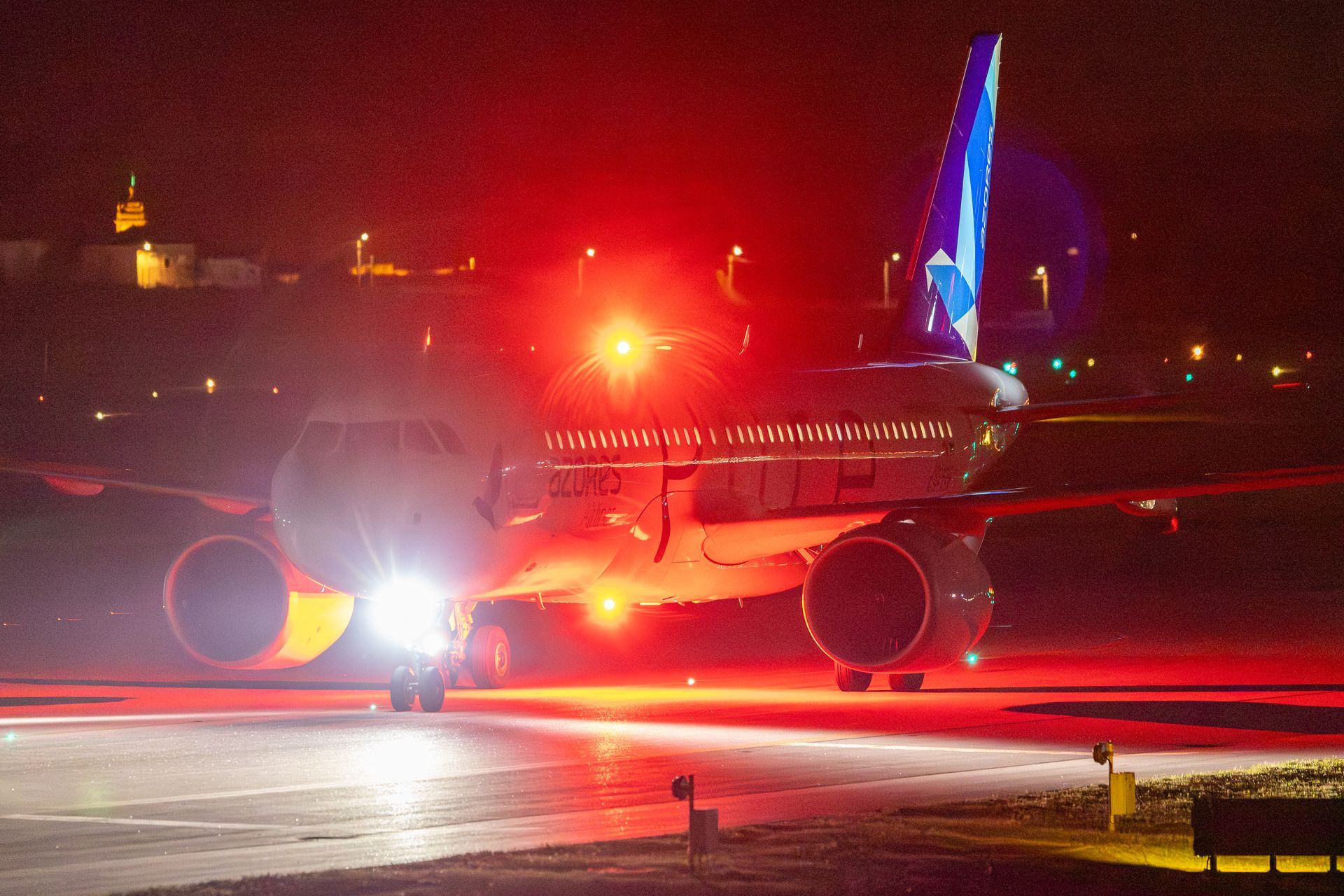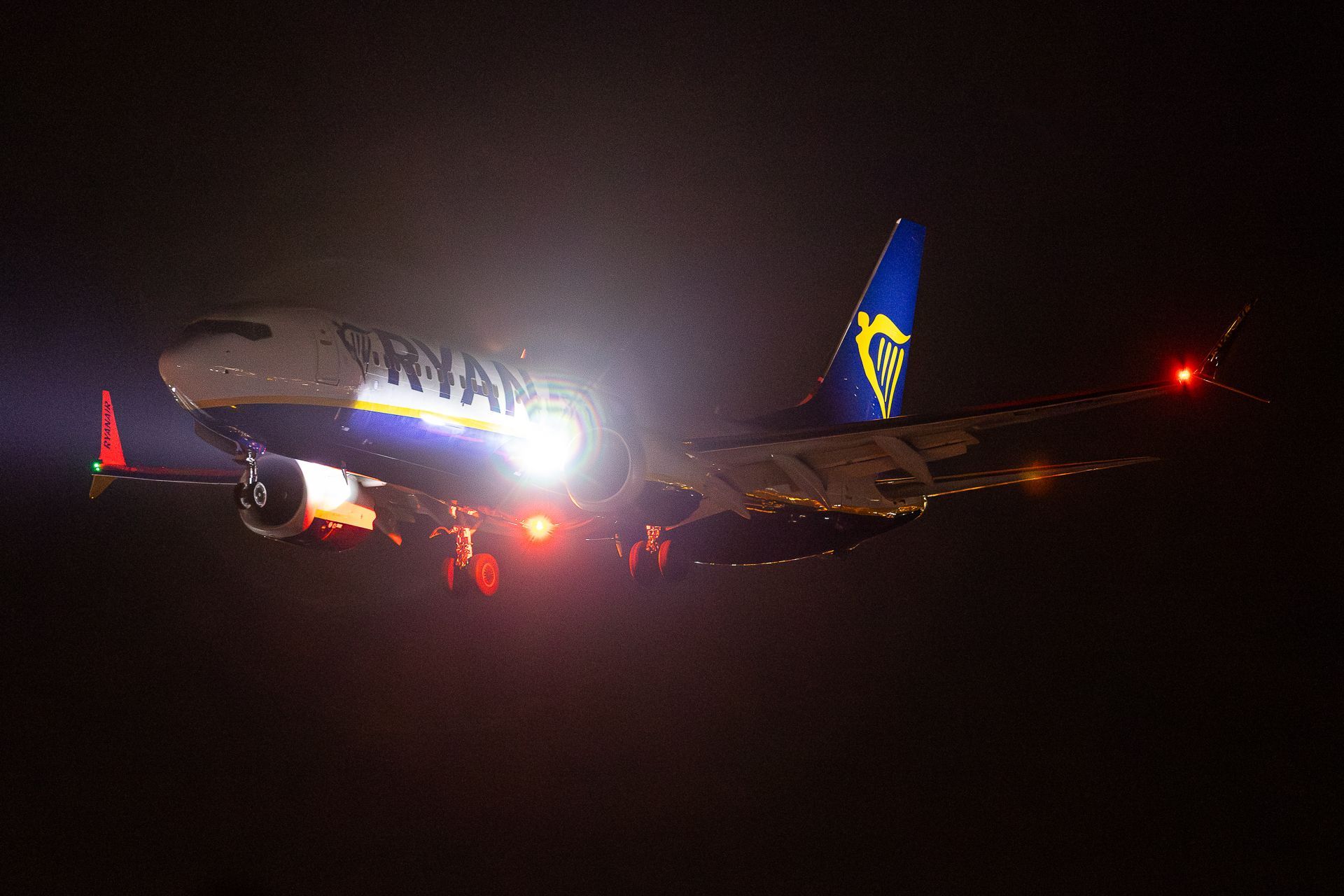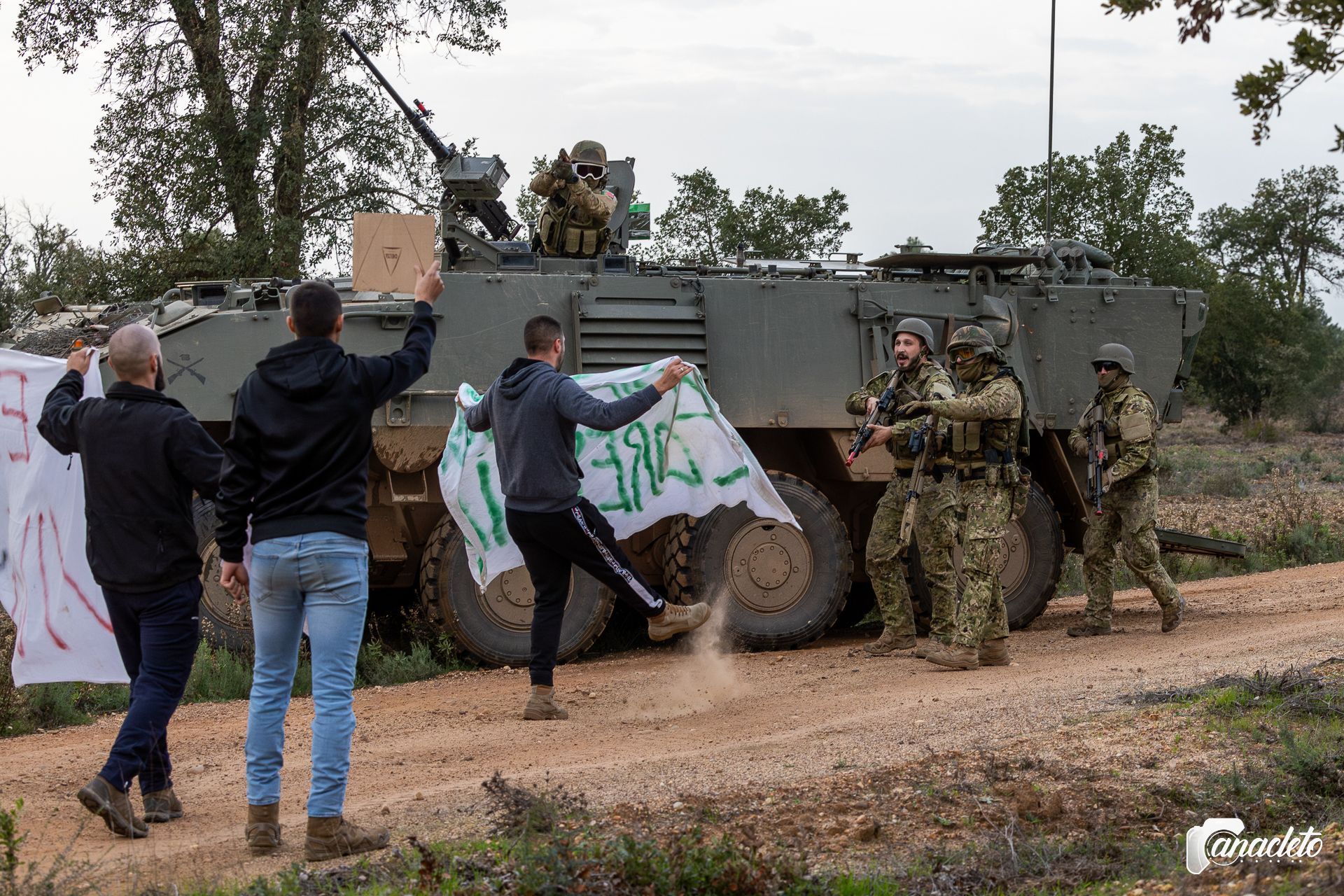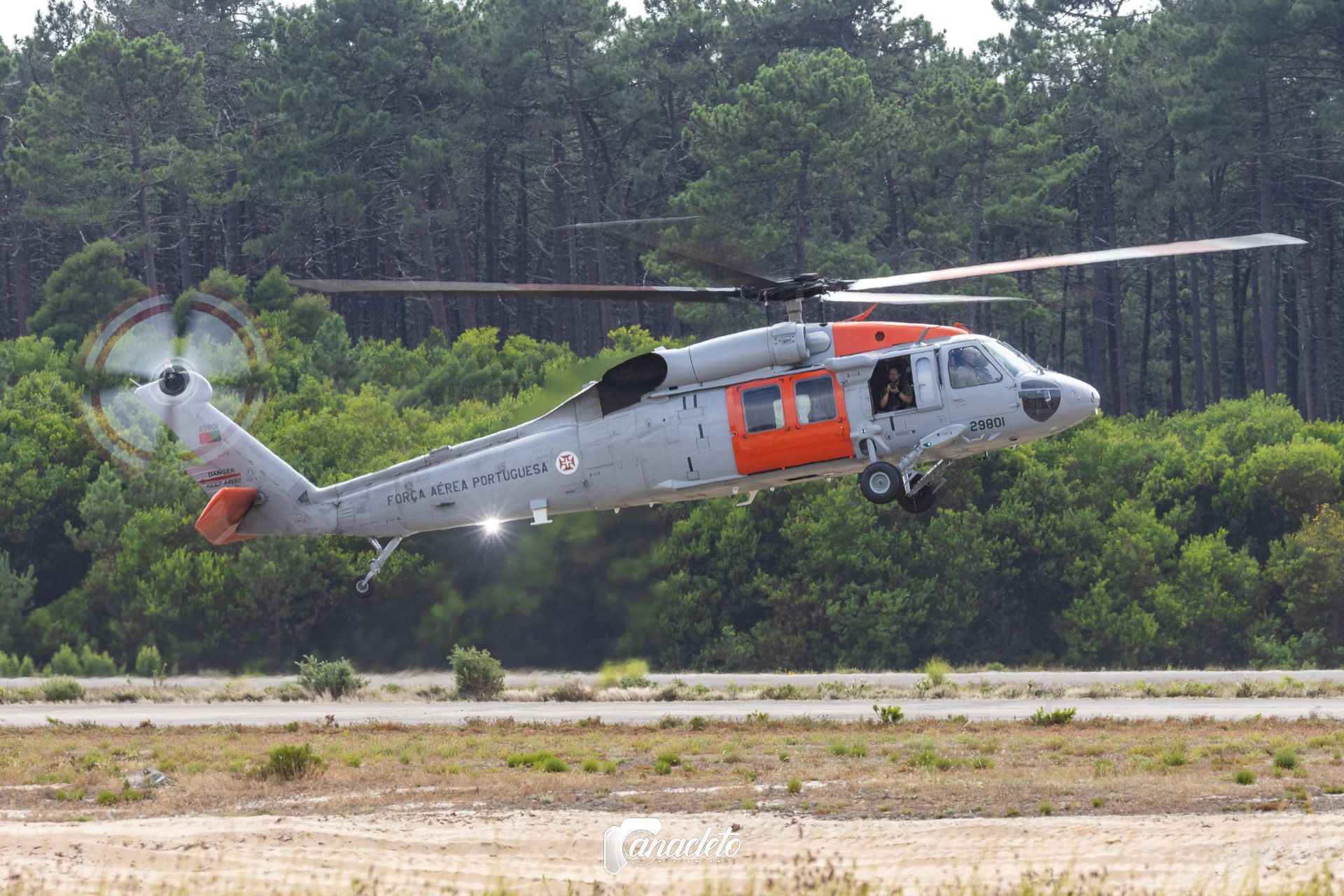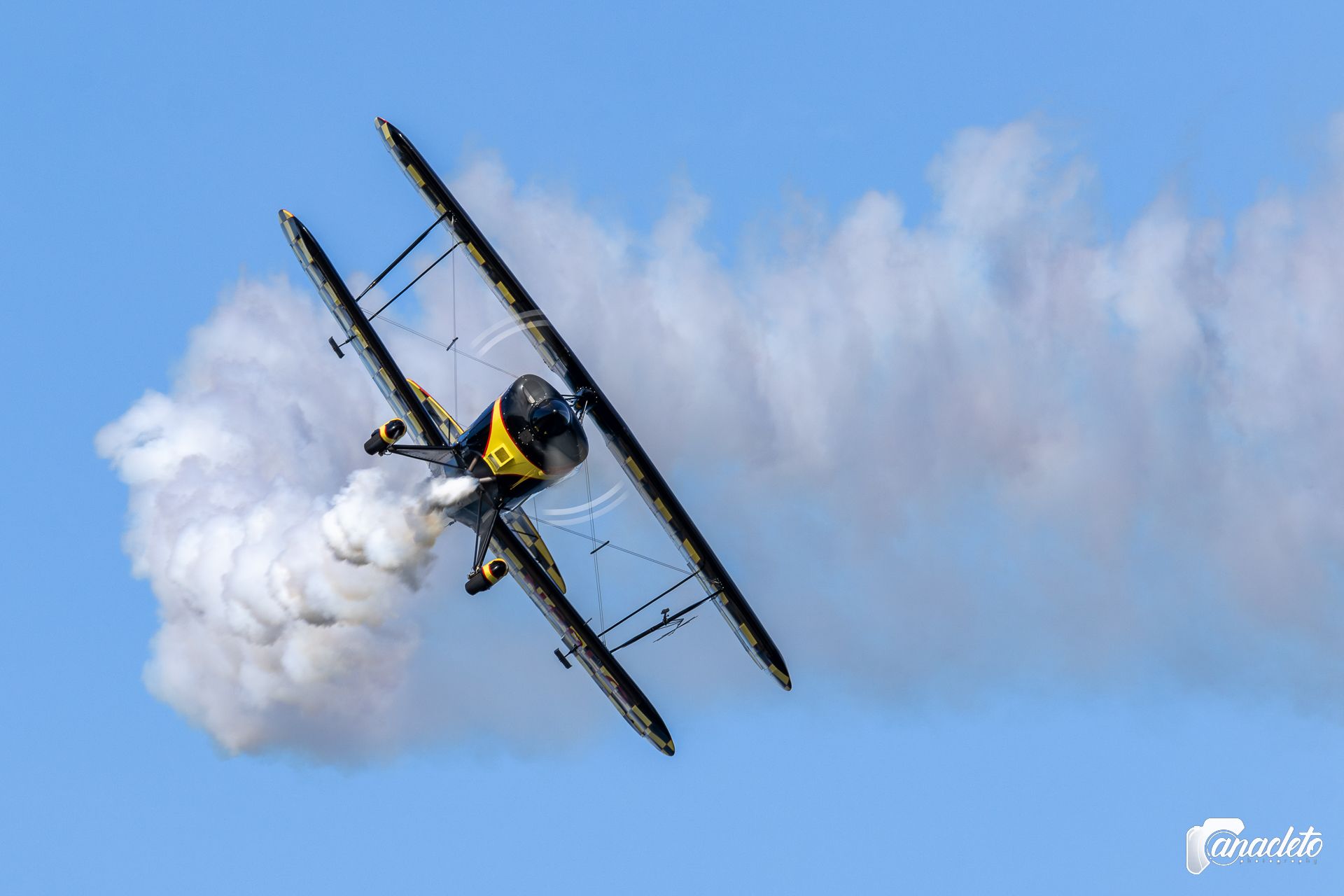We tested the Canon EOS R1 - The Best Camera for Military Photojournalism?
Aviation and military photography requires a very specific set of tools, where speed, precision and reliability are essential. I recently had the opportunity to test Canon's latest flagship, the EOS R1, alongside a veteran that is still relevant today, the Canon EF 300mm f/2.8 L USM. The combination of these two pieces of equipment proved to be a top-notch solution for both fast action and low-light scenarios. Here's my experience and impressions of this setup.
Canon EOS R1 Technical Features
The Canon EOS R1 is a state-of-the-art full-frame mirrorless camera, designed to meet the demands of professionals in areas such as sports, photojournalism and video production. Equipped with a 24.2 megapixel back-illuminated CMOS sensor, it delivers an impressive combination of resolution and speed. The DIGIC Accelerator image processor, together with DIGIC X, allows large volumes of data to be processed quickly, resulting in significant advances in autofocus and other features.
Main technical features of the Canon EOS R1:
- Shooting Speed: Offers a maximum continuous shooting speed of up to 40 fps, ideal for capturing decisive moments in fast-action scenarios.
- High Resolution Video: Capable of recording RAW video in 6K up to 60p, meeting film industry standards and providing exceptional image quality for professional productions.
- Advanced Autofocus System: Uses Dual Pixel Intelligent AF cross-type technology, offering greater precision and accuracy in focusing. The subject recognition system, enhanced by deep learning, enables continuous tracking of the main subject, even in complex situations where several subjects cross paths.
- Image Stabilization: Incorporates a 5-axis in-body image stabilization system (IBIS), which, in combination with certain lenses, offers up to 8.5 points of compensation, allowing for sharper shooting in low light conditions or without a tripod.
In addition, the EOS R1 introduces the “Action Priority” mode, which quickly recognizes and analyses the movement of the subject, automatically determining the main subject in unpredictable action scenes, such as sporting events. This feature ensures that the focus remains on the most relevant element in the scene, making it easier to capture crucial moments.
The Canon EOS R1 represents a significant advance in Canon's portfolio, combining cutting-edge technologies to deliver performance, image quality and features that meet the demands of the most demanding professionals.
Canon EOS R1 construction and ergonomics
From the first
contact, the EOS R1 conveys a sense of robustness and exceptional build quality. The ergonomic design is clearly designed for professionals who spend hours in the field, holding the camera under adverse conditions. The grip is deep and comfortable, providing secure handling even when wearing gloves, which is essential in field operations. The button layout maintains the logic of previous generations, but with significant improvements in tactile response and customization.
Autofocus and Pre-Continuous Shooting
In the field, the speed and precision of the autofocus is undoubtedly one of the EOS R1's highlights. The ability to track fast-moving objects, such as aircraft and moving armored vehicles, is simply impressive.
The
Pre-Continuous Shooting system, which allows you to capture moments before you even fully press the shutter, ensures that no crucial moment is missed. This feature proved essential when photographing the firing of the Mechanized Brigade's self-propelled howitzers, the M109A5, guaranteeing clear images even in situations of intense action.
Two firing sequences of M109A5 self-propelled howitzers; Exercise STRONG IMPACT 25;
(Canon EOS R1 + RF 70-200 mm f/2.8L IS USM - 1/2000, f/4, 250 ISO)
Sensor Readout Time
The
EOS R1's sensor readout time is one of the fastest ever seen on a mirrorless camera. During the tests, I photographed a Portuguese Air Force UH-60 in action using only the electronic shutter, with low shutter speeds (between
1/250s and 1/160s). The result?
Zero distortion in the rotor blades. This is a remarkable achievement, because in previous generations and in cameras of lower ranges, the rolling shutter effect was a common problem. Canon's technology in this area is at a new level, making the R1 an indispensable tool for aviation photographers.
(Canon EOS R1 + RF 70-200 mm f/2.8L IS USM - 1/100, f/20 (1st picture) f/16 (2nd picture), 160 ISO)
Low-light capabilities
The location chosen for this part of the test was Porto Airport. After the sun goes down, the little street light there is, the runway lighting and the terminal lights don't create the ideal scenario for using shutter speeds high enough to be able to photograph airplanes.
However, the
EOS R1 showed formidable performance in these conditions. I was able to push the ISO all the way up to
51200, allowing me to use shutter speeds of
1/250s, which guaranteed me in-focus photos of planes, with surprising quality and well-preserved detail, despite the high level of noise.
Of course, for even “cleaner” results, tools such as
Lightroom's DeNoise AI are excellent allies. But
the fact that we can capture scenes with reduced lighting without excessively compromising the final quality is a major advance.
(Canon EOS R1 + EF 300mm f/2.8 L USM - 1/250, f/2.8, 51200 ISO)
Canon EF 300mm f/2.8 L USM - A Classic Lens That Still Impresses
Despite its age, the Canon EF 300mm f/2.8 L USM remains an extremely valid option, especially when paired with a body like the EOS R1. The speed of the autofocus is surprising, maintaining agile performance even under challenging conditions. During tests in low-light scenarios, the lens maintained a solid performance, with consistent sharpness and a very pleasant background blur.
However, the weak point of this lens becomes evident in situations where there is direct light hitting the lens, which ends up causing a very pronounced flare. The coating on the elements is not as effective at reducing flare as the latest versions of Canon's L line.
Direct light hitting the lens causing a very pronounced flare
Conclusion
The Canon EOS R1 has proven to be a formidable tool for aviation and military photography. From its robust construction to the extreme precision autofocus and the sensor's impressive readout time, this camera is a real game-changer for professionals who need uncompromising reliability and performance.
For its part, the Canon EF 300mm f/2.8 L USM continues to show that age does not mean obsolescence. When used with a state-of-the-art body such as the R1, it delivers impressive results and remains a valid alternative for those looking for optical quality and focusing speed. Its only downside, the issue of lens flare, is a small price to pay for its overall performance.
For military and aviation photojournalists, this duo represents a combination of innovation and tradition, ensuring that no crucial moment is missed.
